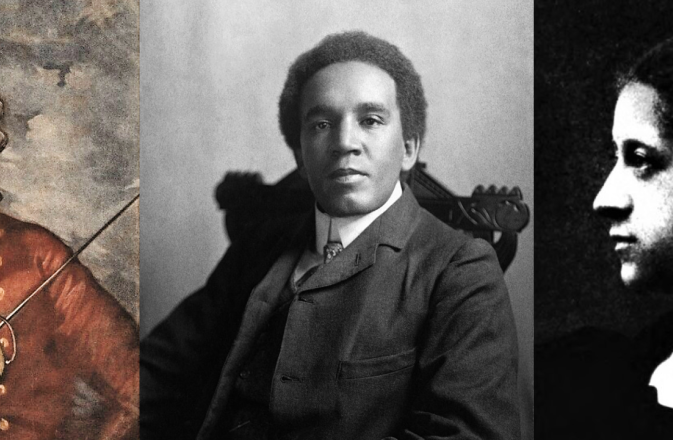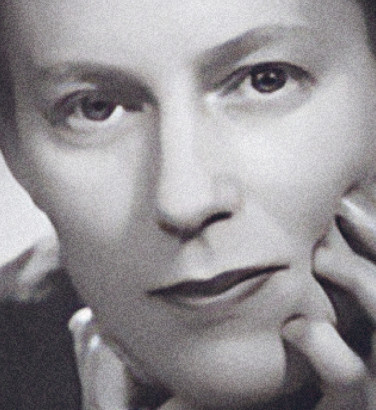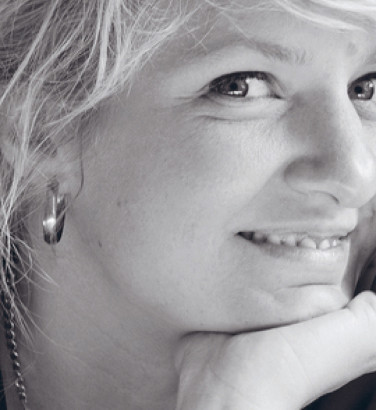
Digital Season: Samuel Coleridge-Taylor Novelletten
17 Oct 2024
News Story
Samuel Coleridge-Taylor was just 27 when he completed his Four Novelletten (two of which you hear in this online performance) in 1902, though he would die only a decade later from pneumonia. Nonetheless, he was a widely celebrated figure in his lifetime. Born in London to an English mother and a father from Sierra Leone, he gained his unusual name because of his mother’s love for the poetry of Samuel Taylor Coleridge, and entered the Royal College of Music at the age of just 15, where he studied composition under Stanford. He was greatly admired by Elgar, and celebrated by Elgar’s editor August Jaeger (immortalised as ‘Nimrod’ in Elgar’s Enigma Variations), who called Coleridge-Taylor ‘a genius’. His huge trilogy of cantatas The Song of Hiawatha packed out the Royal Albert Hall for ten seasons in extravagant ballet versions conducted by Malcolm Sargent, though Coleridge-Taylor suffered, too, from significant racial discrimination, and his music was allowed to slip quietly from public consciousness after his death. It’s only in far more recent years that it’s undergone a major reappraisal.
His Novelletten may have been inspired by Schumann’s piano miniatures of the same name, but they were surely influenced, too, by Coleridge-Taylor’s own prowess as a concert violinist, expertise that he puts to good use in No. 3. The pieces’ lyrical, somewhat sentimental style nonetheless conceals quite a remarkable exploration of the sonic possibilities of a string orchestra, to which Coleridge-Taylor adds a tambourine and triangle. These contribute greatly to the Spanish-sounding exoticism of No. 1’s opening, before the piece moves on to an elegant, soaring melody for violins, and a lighter central section with a flavour of Mendelssohn’s fairy music about it. Though titled ‘Valse’, No. 3 feels rather too slow to be danced to. It features a solo violin from the start, whose lofty melody slowly drifts back down to earth, and, following a livelier, brighter central section, returns to bring the piece to a wistful close.
© 2024 David Kettle
Related Stories
![Composer Ruth Gipps leaning forward with both hands gently touching her face.]()
Digital Season: Gipps Seascape
7 March 2025
Read the programme note for our online performance of Gipps' Seascape![Composer Andrea Tarrodi leaning forward with one arm resting on a surface and her face resting on the palm of her other hand.]()
Digital Season: Andrea Tarrodi Serenade in Seven Colours
6 November 2024
Read the programme note for our online performance of Tarrodi's Serenade in Seven Colours.![]()
UN:TITLED programme
13 June 2024
Read the programme for our UN:TITLED concerts on 15-16 June.



